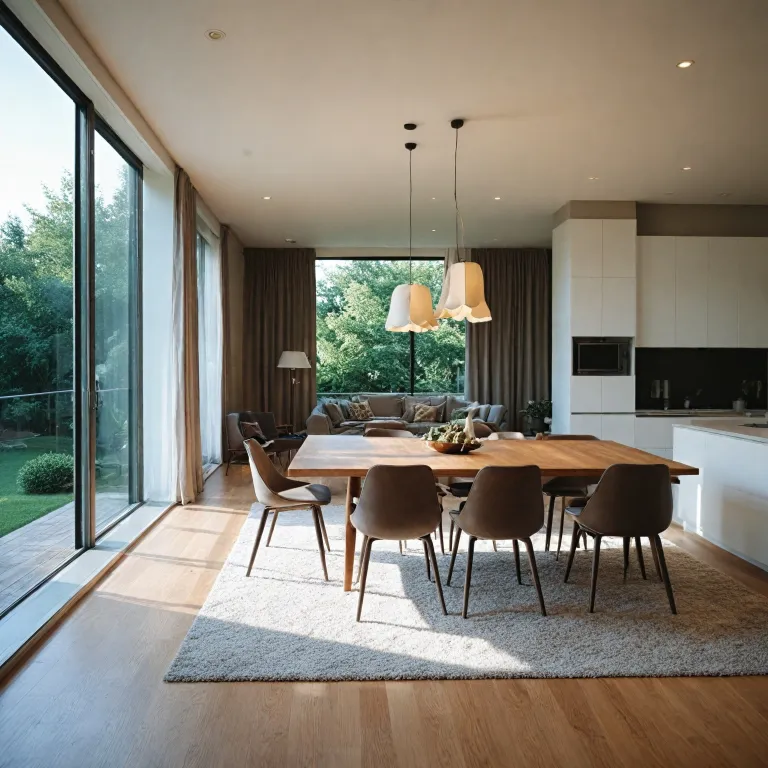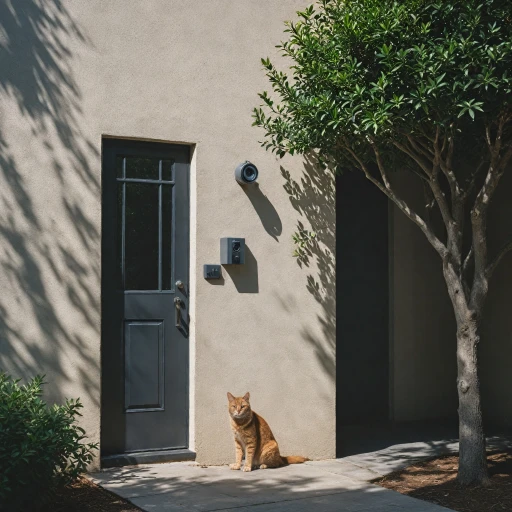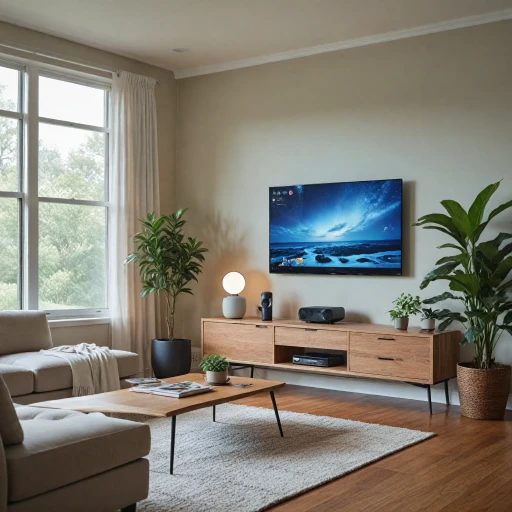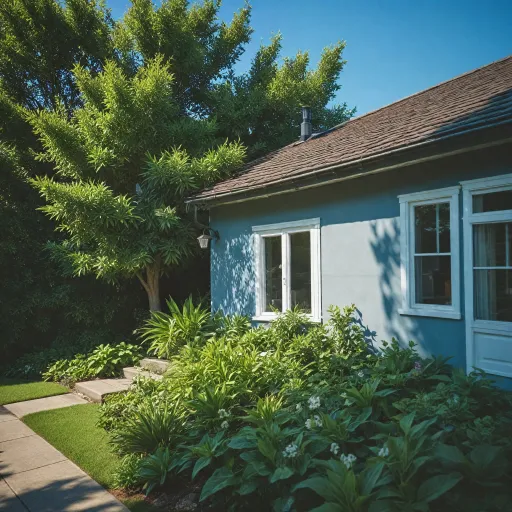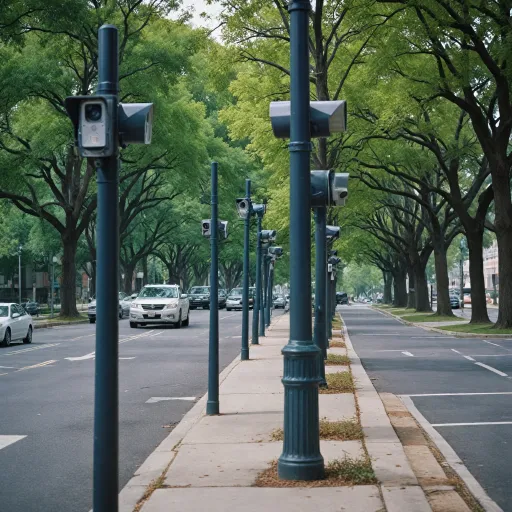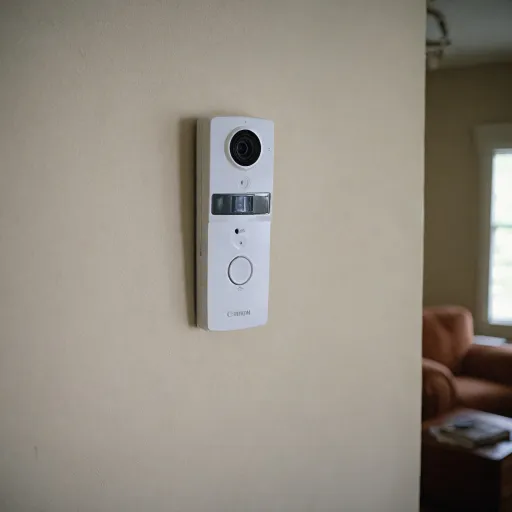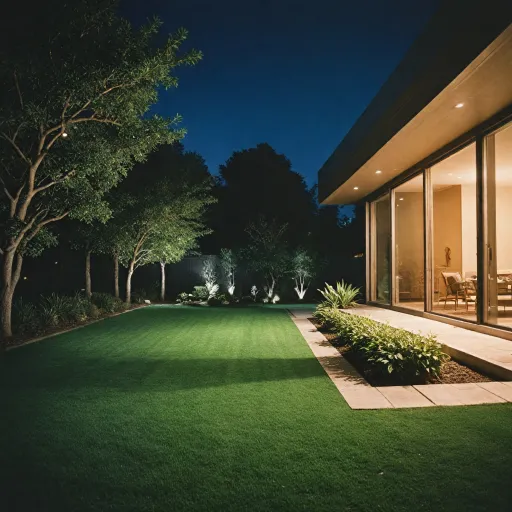
Understanding indoor motion sensors for lights
What Makes Motion Sensors for Lighting Work?
Indoor motion sensors for lights are designed to detect movement and automatically control lighting in your home. These devices use technologies like passive infrared (PIR) to sense changes in heat or movement within a room. When motion is detected, the sensor activates the connected light, providing instant illumination. This not only adds convenience but also plays a role in home security by making it appear as if someone is present, even when the house is empty.
Most motion sensors are compatible with standard light bulbs, including LED lighting, and can be installed in various locations such as hallways, entryways, and high bay areas. Some products offer selectable color temperatures, adjustable time delay, and dusk to dawn activation, allowing you to customize how and when your lights turn on. You’ll also find occupancy sensors and sensor switches that can be set for single pole or three-way operation, giving you flexibility in how you control your lighting.
Types of Sensors and How They Detect Motion
- Passive Infrared (PIR): Detects body heat and movement, making it ideal for indoor use.
- Occupancy Sensors: Automatically turn lights on when someone enters a room and off when the space is empty, helping save energy.
- Ceiling Sensors: Mounted on ceilings for wide coverage, often used in larger rooms or open spaces.
- Sensor Switches: Replace standard light switches to add motion-activated control to existing lighting circuits.
When choosing a motion sensor light, consider features like adjustable time settings, color options (such as white or selectable color), and compatibility with LED bulbs. Some products also offer free shipping or competitive price points, making it easier to upgrade your home security without breaking the bank.
For those interested in a more comprehensive approach to home security, integrating motion sensors with other security items—like a door arm for enhanced entry protection—can further strengthen your home’s defenses.
Benefits of using motion sensors for lighting in home security
Why motion-activated lighting matters for home safety
Motion sensors for lighting are more than just a convenience—they play a crucial role in home security. When a sensor detects movement, it triggers the light to turn on instantly. This sudden illumination can startle intruders and alert anyone nearby to unexpected activity. The presence of a motion sensor light, especially when paired with LED bulbs, acts as a strong deterrent against break-ins.Advantages of integrating sensor lighting into your security setup
- Immediate response: Occupancy sensors and PIR (passive infrared) technology ensure lights activate as soon as motion is detected, providing instant visibility in entryways, hallways, or garages.
- Energy efficiency: Motion-activated lights, especially with LED lighting, only turn on when needed. This reduces energy consumption and extends the life of your light bulbs.
- Customizable control: Many products offer adjustable time delay, selectable color temperature, and dusk-to-dawn features. This means you can set your lighting to match your routine and security needs.
- Cost savings: By using sensor switches and occupancy sensors, you avoid leaving lights on unnecessarily, which can lower your electricity bill over time.
- Enhanced safety: Well-lit spaces reduce the risk of accidents at night and help you identify visitors or potential threats before opening the door.
Types of motion sensor lighting for different needs
Whether you need a ceiling sensor for a high bay area, a single pole switch for a hallway, or an outdoor motion sensor for your driveway, there are products designed for every scenario. Some sensor lights offer selectable color options, while others feature adjustable sensitivity and time delay settings. For those seeking a standard solution, occupancy sensor switches are widely available at various price points, including free shipping on select items.Real-world impact of motion-activated lighting
Research and case studies show that homes with motion-activated security lights experience fewer break-ins compared to those without. The combination of global product availability and advancements in LED technology means homeowners can find a sensor light or switch that fits their needs and budget. For more insights on how lighting and security work together in real-life situations, you can learn from this guide on effective use of security cameras in parking lots—many of the same principles apply to residential settings.How motion sensors complement home security cameras
How motion-activated lighting works with security cameras
Integrating motion sensors for lights with home security cameras creates a more responsive and effective security system. When a motion sensor detects movement, it can instantly trigger lighting in the area. This sudden illumination not only deters unwanted visitors but also ensures that your security cameras capture clearer, more detailed footage. In low-light conditions, even the best cameras can struggle, but a well-placed LED security light or sensor light can make all the difference.
Benefits of combining occupancy sensors and cameras
- Enhanced visibility: Motion-activated lighting ensures that every movement is well-lit, helping cameras record high-quality images, especially at night or in dim spaces.
- Efficient monitoring: Occupancy sensors and PIR (passive infrared) sensors can reduce false alarms by activating only when real motion is detected, allowing cameras to focus on genuine events.
- Energy savings: Using LED bulbs and sensor switches means lights are only on when needed, reducing electricity costs without compromising security.
- Layered security: Combining lighting, occupancy sensors, and cameras adds multiple barriers for intruders, making your home less appealing as a target.
Practical examples of sensor and camera synergy
Consider a hallway equipped with a ceiling sensor and a camera. When the occupancy sensor detects motion, it activates the LED lighting, allowing the camera to record clear footage. Similarly, a high bay area with a dusk dawn sensor switch can ensure that both the lights and cameras are ready to respond to any activity, day or night. For more ideas on integrating sensors with other smart devices, you can learn how door open sensors complement home security systems.
Choosing the right products for your setup
Look for sensor lights and occupancy sensors that offer adjustable time delay, selectable color temperature (like white or warm LED lighting), and compatibility with standard light bulbs or LED bulbs. Some sensor switches are designed for single pole installations, while others support more complex setups. Price and product availability can vary, so compare items based on features, reliability, and global certifications. Free resources and reviews can help you make an informed decision.
Key features to look for in indoor motion sensors for lights
What Makes a Reliable Indoor Motion Sensor for Lights?
When you’re looking to improve your home security with indoor motion sensors for lighting, choosing the right product is crucial. Not all sensors are created equal, and the features you select can make a big difference in performance, convenience, and long-term satisfaction. Here’s what to keep in mind as you compare options:- Detection Technology: Most indoor sensors use passive infrared (PIR) technology to detect motion. PIR sensors are reliable for occupancy detection and work well with LED lighting. Some advanced models combine PIR with microwave or ultrasonic sensors for greater accuracy.
- Adjustable Time Delay: Look for a sensor switch that lets you set how long the lights stay on after motion is detected. Adjustable time delay is useful for customizing lighting control based on your needs, whether you want a quick shut-off or extended illumination.
- Light Sensitivity (Dusk to Dawn): Many motion activated lights offer selectable light sensitivity, so the sensor only triggers when ambient light is low. This dusk dawn feature helps save energy and extends the life of your LED bulbs.
- Coverage Area and Range: Consider the sensor’s detection range and angle. Ceiling sensors often provide wide coverage, making them ideal for large rooms or high bay areas. For smaller spaces, a single pole occupancy sensor or wall-mounted sensor switch may be sufficient.
- Compatibility with Lighting Types: Ensure the sensor is compatible with your existing light bulbs and fixtures. Some sensors are designed specifically for LED lighting, while others work with standard incandescent or CFL bulbs.
- Manual Override and Control Options: A good sensor light should offer manual override, allowing you to switch the lights on or off as needed. Some products include a free switch or remote control for added convenience.
- Design and Color: While performance is key, the appearance of your sensor matters too. Many products come in white or neutral colors to blend with your décor. Some even offer selectable color temperature for the LED light.
- Price and Warranty: Compare price points and look for items with a solid warranty. A higher price doesn’t always mean better quality, but investing in a reputable brand can offer peace of mind.
- Global Standards and Certifications: Check if the product meets global safety and efficiency standards. Certifications can indicate reliability and energy savings.
Installation tips for indoor motion sensors and lights
Preparing for a Smooth Installation
Before you start installing any motion sensor or lighting product, it’s important to review the manufacturer’s instructions and check that all items are included in the package. Make sure your chosen sensor light or occupancy sensor is compatible with your existing wiring and light bulbs, especially if you use LED lighting or high bay fixtures. Some models are designed for single pole switches, while others support three-way switches, so verify this detail to avoid issues later.
Step-by-Step Guidance for Setting Up Motion-Activated Lighting
- Turn off power: Always switch off the circuit breaker before working on any light switch or sensor installation to ensure safety.
- Remove the old switch: Carefully detach the existing light switch or fixture. Take note of the wiring configuration, as you’ll need to connect the new sensor switch or occupancy sensor in the same way.
- Connect the new device: Attach the wires to the new motion sensor switch or sensor light, following the color codes and instructions. For passive infrared (PIR) models, position the sensor so it covers the desired area for motion detection.
- Secure and test: Mount the sensor securely, install the LED bulb or light fixture, and restore power. Test the lighting to ensure the motion sensor activates the lights as expected.
Optimizing Sensor Placement and Settings
For best results, install occupancy sensors or ceiling sensors in locations where movement is likely, such as hallways, entryways, or living rooms. Avoid placing sensor lights near heat sources or vents, as this can cause false triggers. Many products offer adjustable time delay, selectable sensitivity, and dusk dawn settings. Fine-tune these options to match your household’s routines and maximize energy savings.
Tips for Integrating with Existing Lighting Systems
- Choose sensor switches that support your preferred light bulbs, including LED and standard options.
- Consider global compatibility if you plan to add more smart home items in the future.
- Look for features like adjustable color temperature or selectable white for a customized lighting experience.
Cost and Product Considerations
When comparing products, balance price with features such as free installation support, warranty, and ease of use. Some motion activated lights or security lights come with advanced controls, while others offer basic occupancy detection. Learning about the differences between PIR, dusk dawn, and sensor switch technologies can help you choose the right solution for your needs.
Troubleshooting common issues with motion sensors and lighting
Common Problems and Practical Fixes
When using indoor motion sensors for lighting, a few issues tend to pop up. Here’s a quick guide to help you identify and resolve the most frequent problems, so your lighting and security setup stays reliable.- Lights not turning on: If your motion sensor light isn’t activating, check the power source and ensure the sensor switch is set to the correct mode (like occupancy or motion activated). Sometimes, the adjustable time or time delay settings are too short or too long, so tweak those as needed. Also, verify that the led bulb or light bulbs are working and compatible with your product.
- Lights stay on too long or not long enough: Most sensor lights have selectable time delay or adjustable time settings. If your lights stay on after motion has stopped, reduce the time delay. For lights that turn off too quickly, increase the delay. This is especially important for high bay or ceiling sensor installations where movement may be less frequent.
- Sensor not detecting motion: Passive infrared (PIR) sensors can be sensitive to placement. Make sure the sensor isn’t blocked by furniture or other items. For best results, install the sensor at the recommended height and angle, and keep the lens clean. If you’re using a single pole switch or standard switch, double-check the wiring.
- False triggers: Sometimes, sensor lights activate due to pets, HVAC vents, or even sunlight. Adjust the sensitivity settings if your product allows, or reposition the sensor to avoid direct airflow or reflective surfaces. Using a sensor with adjustable sensitivity or a dusk dawn feature can help reduce unwanted activations.
- Color or brightness issues: If your led lighting appears too dim or the color temperature isn’t right, check if your sensor light or led bulb supports selectable color or brightness. Some products let you choose between white, warm, or daylight tones for better comfort and security.
- Compatibility with other devices: Not all occupancy sensors or sensor switches work with every type of light or led bulb. Make sure your lighting and sensor are compatible, especially if you’re using smart home systems or integrating with security light setups.

